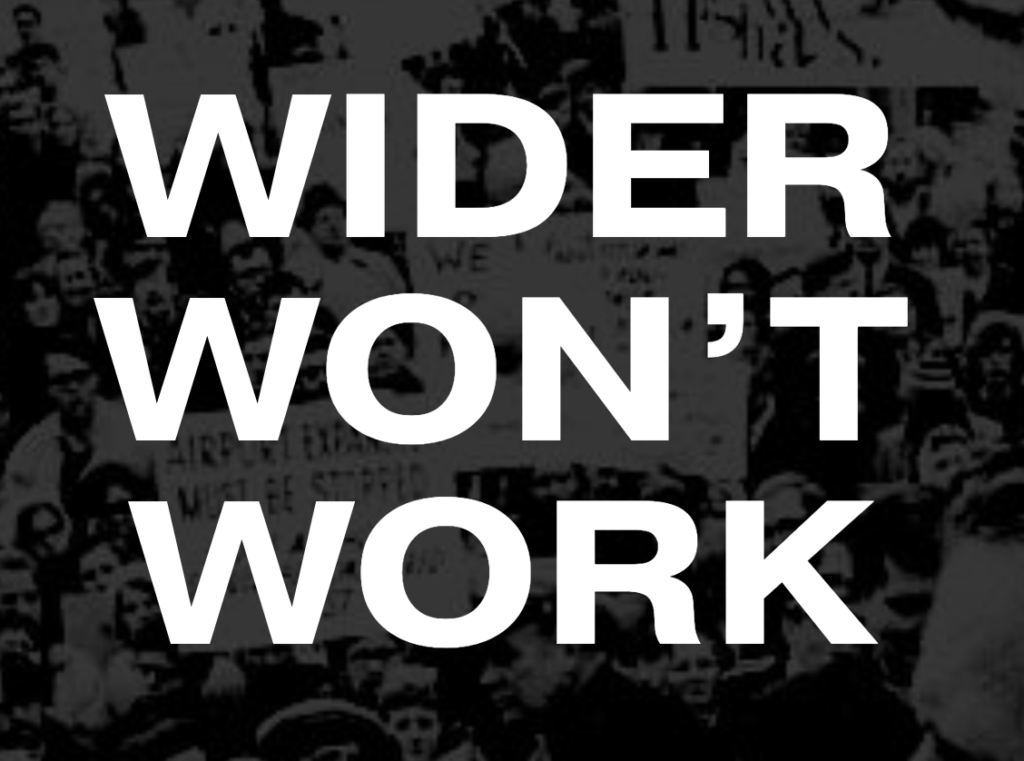Must Read
Portland: Four Floors and Corner Stores–Upzoning for urban development and housing affordability. A coalition of community, enviornmental and social justice groups is advocating for a YIMBY strategy for more housing in Portland’s close-in Eastside neighborhoods. Like many US cities, Portland faces tight housing markets, affordability challenges. This strategy aims at improving affordability by expanding supply, and doing so in the close-in urban neighborhoods on Portland’s Eastside, where housing demand is strong.
The coalition, led by Portland Neighbors Welcome, makes an explicit city-forward call to action.
Our vision is simple: it should be legal for any residential lot from roughly 12th to 60th, Fremont to Powell, to contribute to a thriving, mixed-income, mixed-use fabric of urban neighborhoods by allowing street-scale apartment buildings.
This heart of Portland, our Inner Eastside, can become a more equitable version of the Northwest Alphabet District: a dynamic, walkable, mixed-income neighborhood with a mix of mid-sized apartment buildings, single-family homes, and every type in between, well-served by transit, and with commercial centers, corner stores, and shared neighborhood spaces.
The strategy draws an analogy to Northwest Portland’s dense and popular “Alphabet” district; a traditional neighborhood on the city’s westside that has a robust mix of apartments, single family homes, shops and businesses. As we’ve pointed out at City Observatory, for most of the past century, city zoning codes have made this kind of neighborhood illegal to build. The Portland Neighbors Welcome proposal is would make it possible to build more of the kinds of walkable, bikeable, transit served places that people want to live in. It’s a smart way to tackle climate change, equity, and affordability.
More housing, lower rents. There’s powerful evidence in the current housing market to show that increased local housing supply results in lower rates of rental inflation. Carl Whitaker, research director , Economist for Real Page, has tabulated the change in apartment rents and apartment completions for sub-metropolitan markets across the United States. Over the past year, those areas with the fastest local growth in housing supply have seen actual rent declines. Conversely, places with little or no growth in apartment completions have seen, on average, the highest rent increases.

Submarkets (parts of metropolitan areas) with increases in inventory growth (number of rental apartments) of 10 percent or more have seen, on average about 3 percent year-over-year declines in rents. Meanwhile, in submarkets where inventory growth is below 2.5 percent, rents have risen by about 1 percent. As Whitaker notes, the same pattern holds across metropolitan areas, as well as sub-markets:
There’s a remarkably clear relationship between supply levels and rent growth. In the 10 large metro areas with the deepest rent cuts, the average rate of apartment supply expansion was nearly double the U.S. average. In the markets with largest rent increases, on the other hand, the average rate of supply expansion came in below the national average.
The outlook for the coming year is favorable: a surge of new apartments is in the construction pipeline, which is likely to moderate rent growth. Notably, the relative glut of new completions follows on the rent increases experienced in 2021, and illustrates the challenges of “temporal mismatch” in housing markets. New housing, especially apartments, tends to get built in spurts, but tends to lag changes in demand and rents. Hence we observe rental inflation (when a surge in demand hits a relatively fixed stock of housing), and then declines in rental inflation (or actual rent declines) as new units are delivered a year or more later. So, for the next year or so, rents may moderate as new apartments are completed. But after that, the future trajectory of rent increases will hinge on further increases in housing supply.
A small—but likely Pyrrhic—victory for freeway fighters in Austin. The Texas Department of Transportation (TXDOT) is looking to foist its multi-billion dollar I-35 widening project on Austin, doubling down on decades of a freeway that’s divided the community and promoted automobile dependence. By a 7-3 vote, the Austin City Council voted to ask TXDOT to delay funding the project. Despite the city’s concerns, it seems likely that TXDOT will move ahead with the project regardless. Even advocates of the resolution conceded that freeway groundbreaking, scheduled for 2024, is “inevitable.”
City Councilors seem resigned to the project moving forward, and are somewhat forlornly hoping to “mitigate” its negative effects. To add insult to injury, a touted highway “cap” will happen only if the City of Austin comes up with half a billion dollar or more—TXDOT pay for it. be Cities that let their state highway departments make huge and irreversible infrastructure decisions will get more sprawl, pollution and auto-dependence. They’ll find it hard to maintain or cultivate the kind of vital urban spaces they desire.



